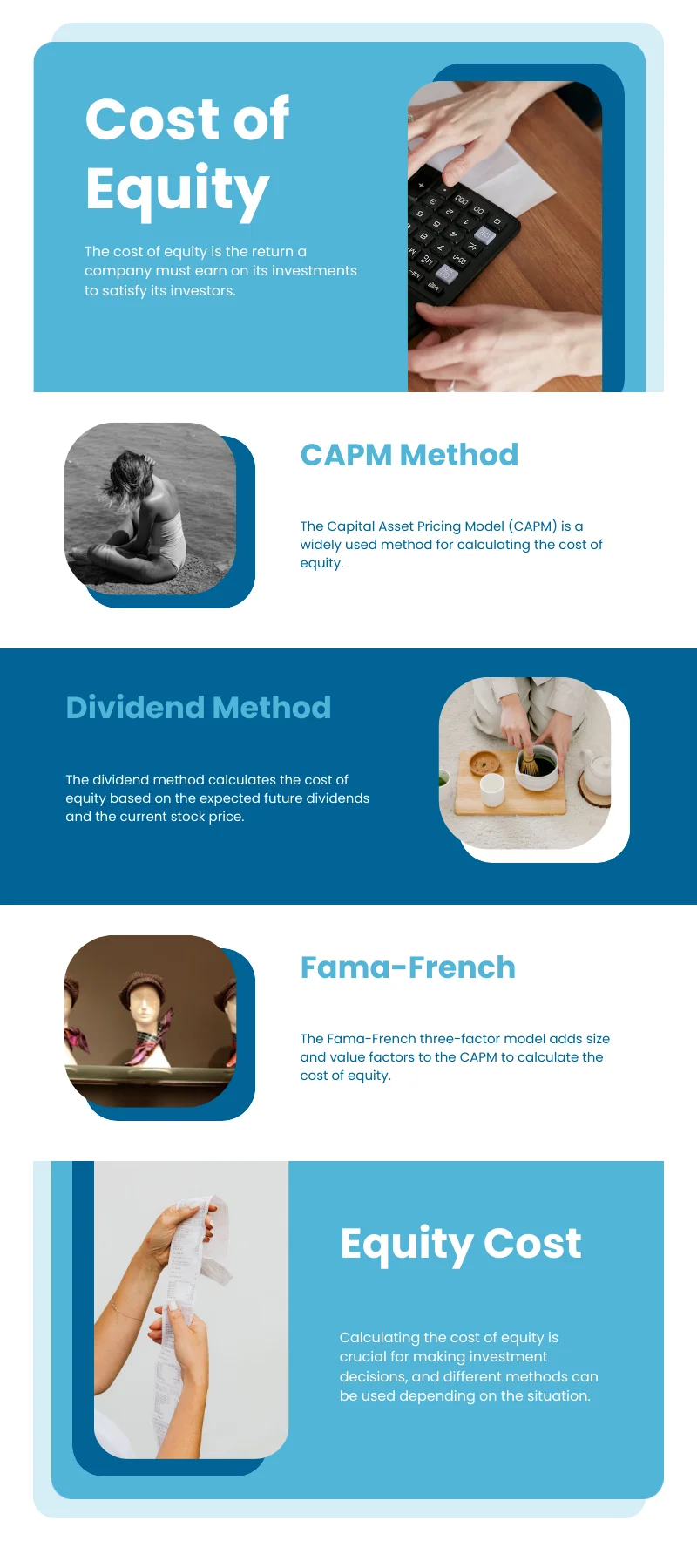The software as a service (SaaS) model has grown rapidly. Many businesses now use it. But, what is the cost of equity for these companies? Understanding this concept is crucial for investors and business owners.
Understanding Cost of Equity
Cost of equity is the return a company needs to earn. This return compensates investors for their risk. Investors want to know how much they can earn. For SaaS companies, this can be tricky.
Why is Cost of Equity Important?
Knowing the cost of equity helps businesses:
How to Calculate Cost of Equity

There are several ways to calculate the cost of equity. The most common methods include:
1. Capital Asset Pricing Model (capm)
CAPM is a popular method. It uses the following formula:
Cost of Equity = Risk-Free Rate + Beta × (Market Return – Risk-Free Rate)
Here’s what the terms mean:
- Risk-Free Rate: The return of a safe investment, like government bonds.
- Beta: A measure of a company’s risk compared to the market.
- Market Return: The average return of the stock market.
2. Dividend Discount Model (ddm)
The DDM is another way to calculate cost of equity. It works well for companies that pay dividends. The formula is:
Cost of Equity = (Dividends per Share / Current Share Price) + Growth Rate
This method is less common for SaaS companies, as many do not pay dividends.
Factors Affecting Cost of Equity for SaaS Companies
Several factors influence the cost of equity:
- Market Conditions: Economic factors can raise or lower costs.
- Company Size: Larger companies may have a lower cost of equity.
- Growth Rate: Rapidly growing companies may have a higher cost.
- Risk Profile: Companies with higher risk will see higher costs.
Importance of Growth Rate
Growth is crucial for SaaS companies. Many investors look for high growth potential. A strong growth rate can lead to:
- Higher valuations.
- Increased investor interest.
- More opportunities for funding.
However, high growth also brings challenges. Companies must manage their expenses carefully.
Valuation and Cost of Equity
Valuation is how much a company is worth. The cost of equity plays a significant role in valuation. Investors want to see a good return. If the cost is too high, it may scare them away.
Many SaaS companies use discounted cash flow (DCF) analysis. This method uses future cash flows to estimate value. The cost of equity is a key input in this analysis.
Strategies to Reduce Cost of Equity
SaaS companies can take steps to lower their cost of equity:
- Improve Financial Health: Strong earnings can attract investors.
- Enhance Growth Potential: Focus on expanding the customer base.
- Reduce Risk: Lowering operational risk can help.
- Maintain Strong Relationships: Building trust with investors is vital.
Real-World Examples
Let’s look at some real-world examples:
Example 1: Salesforce
Salesforce is a leading SaaS company. It has a strong growth rate and solid earnings. Its cost of equity is lower than many competitors. This attracts more investment.
Example 2: Slack
Slack had a high cost of equity due to its rapid growth. Investors were excited, but the risk was high. Eventually, Slack was acquired by Salesforce. This helped reduce its cost of equity.
Frequently Asked Questions
What Factors Influence Cost Of Equity For Saas?
Cost of equity for SaaS companies is influenced by market risk, revenue growth potential, and the company’s financial stability.
How To Calculate Cost Of Equity For Saas?
Cost of equity can be calculated using the Capital Asset Pricing Model (CAPM), which considers risk-free rate and equity risk premium.
Why Is Cost Of Equity Important For Saas?
Understanding cost of equity helps SaaS companies make informed decisions on funding, investments, and overall financial strategy.
What Is A Typical Cost Of Equity Range?
Typically, SaaS companies experience a cost of equity between 8% to 15%, depending on their growth stage and market conditions.
Conclusion
Understanding the cost of equity is essential for SaaS companies. It impacts investment decisions and company growth. By managing their cost of equity, these companies can thrive in a competitive market.
Investors should pay attention to this metric. It will help them make informed choices. As the SaaS industry continues to grow, mastering this concept becomes more critical.

